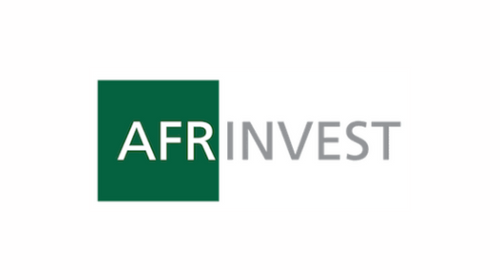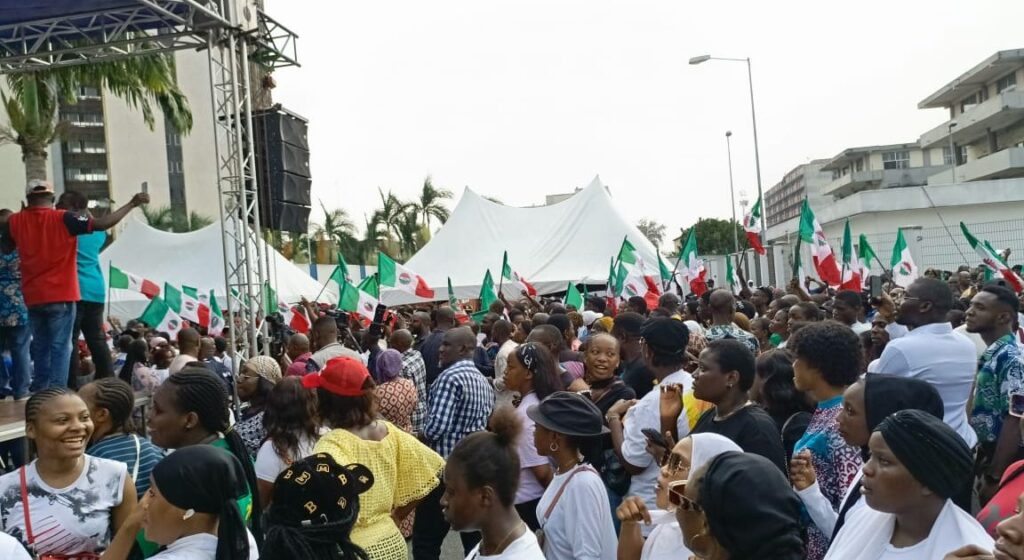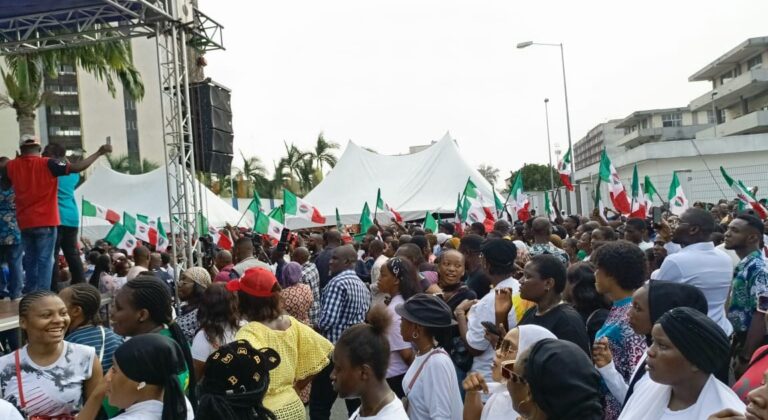Liquidity in Nigeria’s banking system witnessed a recovery in February, surging to N572.8bn from an N307.5bn deficit recorded in January, according to a report by Afrinvest.
The improvement was largely driven by substantial inflows from primary market repayments, open market operations repayments, and standing lending facility transactions, which outpaced outflows from OMO sales, primary market auctions, and the standing deposit facility.
A standing lending facility is a short-term loan that a central bank provides to commercial banks.
A Standing Deposit Facility is a financial instrument employed by central banks to regulate liquidity within the financial system.
Open market operation is a term that refers to any of the purchases and sales of government securities and sometimes commercial paper by the central banking authority for the purpose of regulating the money supply.
Afrinvest stated that “inflows from primary market repayment stood at N2.9tn, OMO repayment at N823.3bn, and SLF at N24.2tn. These outweighed the outflows via OMO sales (N1.4tn), PMAs (N1.4tn), and SDF (N4.2tn), leading to a net positive liquidity position.”
As a result of the improved liquidity, the open repo rate and overnight rate declined by 2.4 per cent and 2.2 per cent month-on-month to 26.8 per cent and 27.3 per cent, respectively.
In the primary market, the Central Bank of Nigeria conducted auctions for both OMO and Treasury Bills, offering instruments worth N1.4tn each. The OMO auction saw strong investor participation, particularly in the 355-day and 362-day tenors, which cleared at 21.3 per cent and 21.5 per cent, respectively.
The auction recorded an overall bid-to-cover ratio of 2.5x, with heightened demand for longer-term instruments.
Similarly, the NT-Bills auctions recorded a total subscription of N5.6tn, though only N1.4tn was sold. Afrinvest noted that “the long end of the curve saw the highest interest, with a bid-to-offer ratio of 5.5x, while short- and mid-dated notes had lower demand at 0.8x and 0.3x, respectively.” The stop rates for the 91-day, 182-day, and 364-day bills dropped to 17.0 per cent, 18.0 per cent, and 18.4 per cent, down from 18.0 per cent, 18.5 per cent, and 21.0 per cent in the previous month.
According to analysts, investors showed a preference for longer-term instruments as they sought to lock in higher yields amid expectations of a deeper yield correction following the material decline in inflation figures post-CPI rebasing exercise.
The impact of improved liquidity was also evident in the secondary market, where average yields fell 3.3 per cent month-on-month to 20.2 per cent.
Afrinvest reported that buy-side interest was recorded across the yield curve, leading to declines of 2.6 per cent, 2.8 per cent, and 4.6 per cent on short, mid, and long-term instruments, respectively, bringing their yields to 19.4 per cent, 19.8 per cent, and 21.3 per cent.
Looking ahead, analysts at Afrinvest expect the bullish sentiment in the fixed-income market to persist, driven by net inflows of N2.6tn from bond coupon payments and maturities.
“Investors’ sentiment will be shaped by monetary policy decisions, liquidity conditions, and yield movements, with market participants taking a cautious yet opportunistic approach,” the report stated.
















